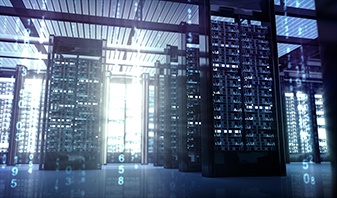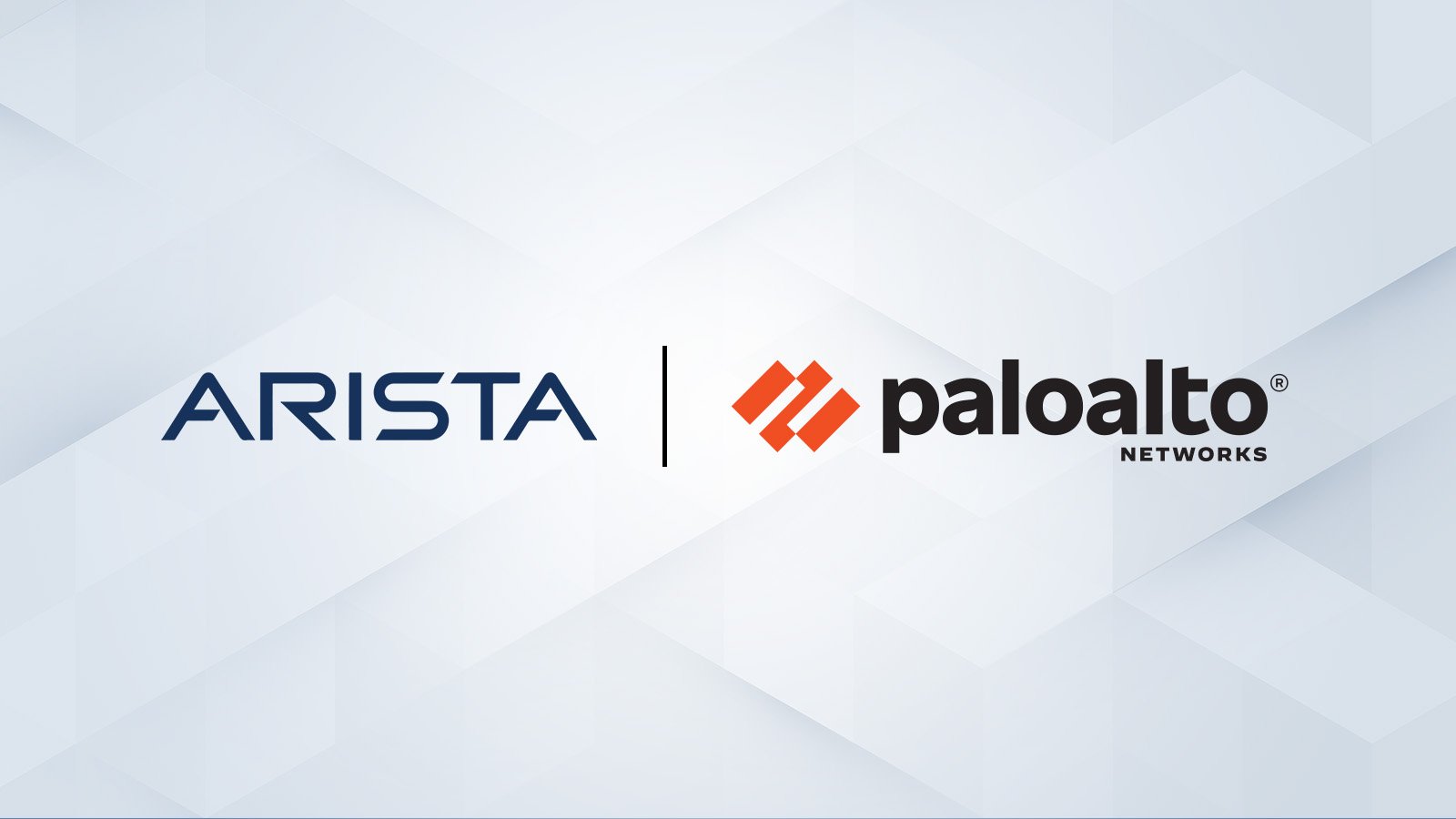Delivering Reliable AI and Cloud Networking
The explosive growth of generative AI and the demands of massive-scale cloud architectures have fundamentally redefined data center networking...
2 min read
/Images%20(Marketing%20Only)/Blog/Jayshree_Ullal_024.png) Jayshree Ullal
:
Aug 1, 2011 12:00:57 AM
Jayshree Ullal
:
Aug 1, 2011 12:00:57 AM

Networking vendors and the IT industry have touted investment protection as a key attribute for many years. This combined with price/performance/scale and a feature-laden network operating system, IOS, has been the key advantage of Cisco for multiple product generations. Cisco has been the pioneer and leader of the enterprise market in the 1990’s with Cisco IOS, though rich in features, contains enterprise functionality not needed for today’s modern data centers, while also being highly monolithic. In the next decade (1995-2005), Cisco consolidated its position as the market leader in enterprise switching with the Catalyst 5500, and later the Catalyst 6500, which has indeed been the industry icon, workhorse and flagship product for the past 10-15 years. The Catalyst 6500 has offered customers a suite of supervisors and line cards supporting Ethernet connections from 10Mbps to 100Mbps to 1Gbps and even 10Gbps. As we are in the third decade of enterprise networks, I am left wondering if classical approaches can truly address the next generation requirements of the data center, or is it simply stretching the “investment protection” myth too far?
With the advent of the era of data center and cloud computing, the scaling issues associated with connecting 10,000-100,000 nodes of clustered compute and storage elements, and the requirements of new applications redefine the architectural design goals of a high performance cloud network. The architectural requirements in fact are quite different from those originally associated with enterprise switching. There comes a point when it costs much more to upgrade (more a forklift actually) an existing enterprise switch to address these new needs than to simply depreciate the existing assets and move on. I should know. I hung on to my car for 15+ years. I finally caved in and got a modern model with built-in air bags and automatic door locks at half the price of the deferred repairs and upgrades for my previous model!
Likewise, the upgrade to 10GbE in an existing chassis can cost 5-10 times more than a similar density fixed 1RU 24-port Arista 7124SX switch. Perhaps ASICS designed in the 1990s have served well for their original function but are now being pushed well beyond their intended limits 15 years later. Clearly, the industry has moved on and vendors must adapt. The reality is that modern data centers demand rapid response to changing traffic patterns without complex oversubscription and legacy limitations. New switches need modern silicon and software. A new ground-up architecture that handles reboots and intrusive restarts responsively is imperative. This real-time recovery, in my view, simply cannot be achieved with incremental enhancements to a monolithic, existing OS, sheet metal or old silicon with bottlenecks in performance.
Arista’s approach represents an improvement, as it (the Arista 7000 family) adopts modern silicon and modern software, and thus truly addresses the needs of dense computing, dense virtualization and dense storage. Arista’s EOS is different and unique. Initialization and restart of agents are both handled consistently through the same repository without reliance on discrete recovery code. This results in more reliable, more scalable and more operationally simple networks. Older operating system architectures deploy a message-passing scheme, whereby agents interact by sending messages back and forth to convey state, but add ordering dependency and potential deadlocks. Check-pointing services are often adopted for system reboot only, which does not help if a single process needs to restart. This is because agents read their checkpoints only in a restart mode, not continuously.
Sometimes we just need to break old habits and move on to faster, better and economical. I am lot happier with my new modern, state-of-the-art car, but soon it may be time for the next one, perhaps a greener one? Welcome to the new decade of cloud and data center networking delivering cloud networking scale and innovations never seen before in classic networks….
I welcome your comments at feedback@arista.com.

The explosive growth of generative AI and the demands of massive-scale cloud architectures have fundamentally redefined data center networking...
/Images%20(Marketing%20Only)/Blog/VESPA-Launch-Blog.jpg)
The modern enterprise is navigating a profound transformation. The shift to the 'all wireless office' and 'coffee shop type networking', fueled by...

Data centers have evolved into highly distributed, hybrid ecosystems that span private clouds, public clouds, and colocation facilities. This...